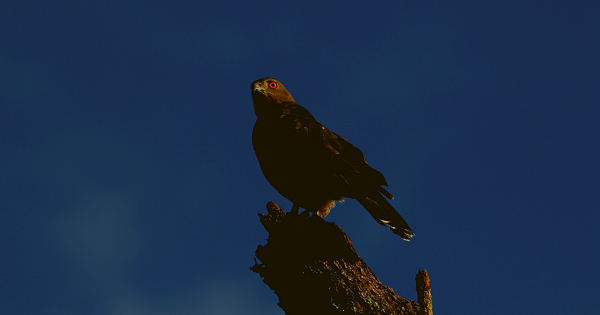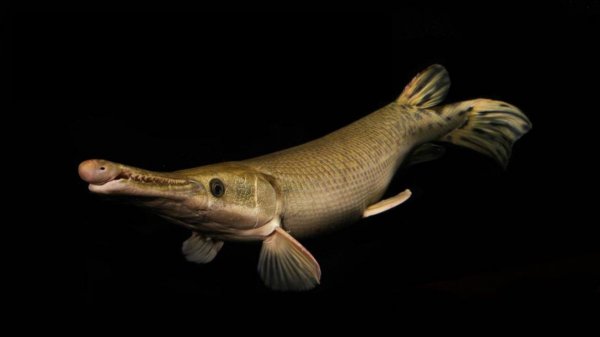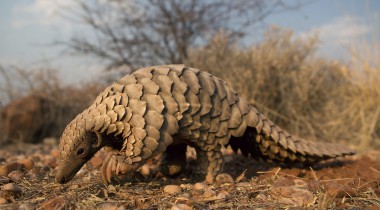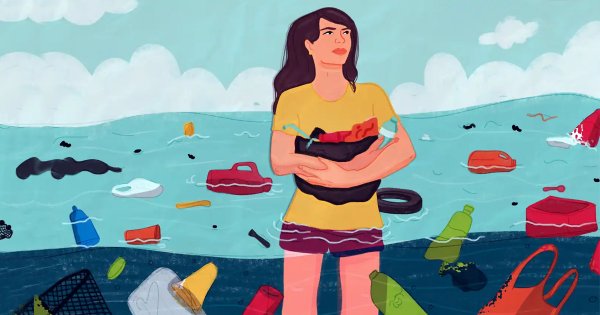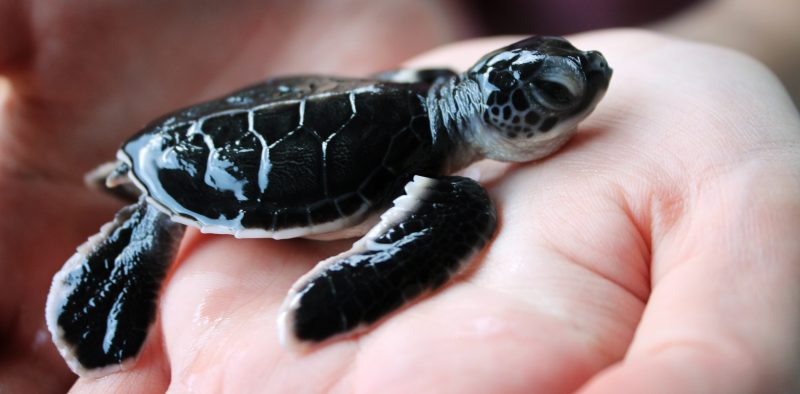
If you caught the previous article and video we ran about sea turtles, you already know that there are seven species of sea turtles that roam the world’s oceans. A quick scan of the World Wildlife Federation website (www.worldwildlife.org) shows that they work on the protection of five of these seven species. Surprise surprise then, that these are the exact five animals that nest upon our shores.
How Badly Endangered Are They ‒ And What Makes Them Endangered To Begin With?
Sea turtles live long lives. And in these long years, they swim thousands of nautical miles. Decades go by before they are mature enough to lay eggs, and for this, they always return to the very shores upon which they themselves were born. Of the dozens of eggs that are laid by each turtle, only one or two hatchlings will survive into adulthood. As hatchlings, they are vulnerable to many predators including crabs, birds, mammals and even certain types of fish. Life is perilous at the best of times. Nests of turtle eggs are also a delectable source of nutrition for predators such as monitor lizards.
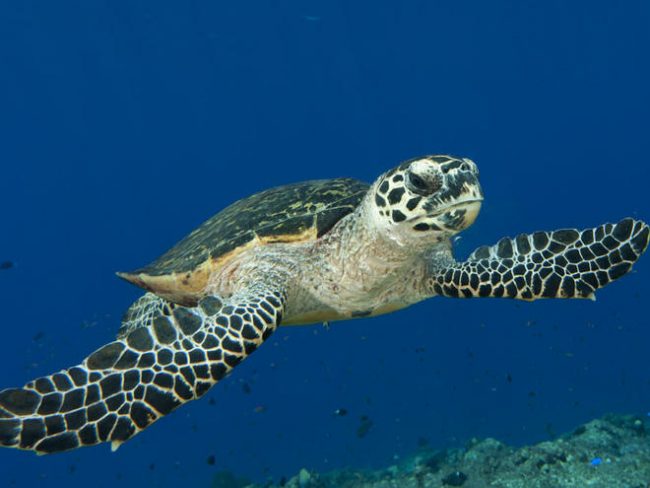
The Hawksbill turtle, categorised as critically endangered by the WWF. Image credit www.worldwildlife.org
According to the WWF, the sea turtle species that nest in Sri Lanka are categorised as follows:
Vulnerable – Olive Ridley
Endangered – Loggerhead and Green
Critically endangered – Leatherback and Hawksbill
Adult sea turtles have few natural enemies. Great White Sharks, Tiger Sharks and Orcas are known to prey on sea turtles. The sole reason that most of these species have been driven to endangerment, and some to the brink of extinction, is human activity. They are hunted for meat which, along with their eggs are considered delicacies. Their shells are used to make ornaments. Sea turtles often get snagged in fishing nets, and if not freed quickly, they suffocate due to the lack of air. Sea turtles are reptiles, and as in the case of all reptiles, they must surface in order to breathe.
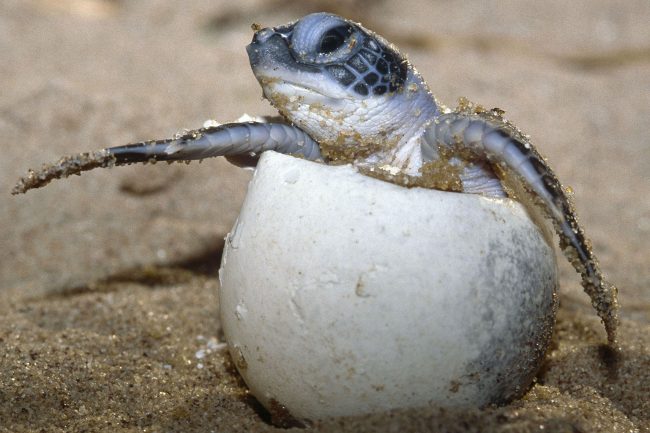
A baby green turtle breaks out of its egg. Some turtles are known to be hunted for their meat, while their eggs are considered delicacies. Image credit Roger Leguen
Female sea turtles all come ashore to nest and lay eggs, and the destruction of these habitats adversely impact the continuation of the species. One way in which this happens is due to unstructured coastal development. Climate change also affects these breeding sites, as even the most minute changes in the temperature of the sand where the nests are (which in turn affects the temperature of the eggs within) can alter the sex of the hatchlings that will be born.
Sea Turtles Face Specific Dangers On The Shores Of Lanka
Each of the dangers mentioned above, be they natural or manmade, affect the turtles that visit our shores. While poaching for eggs and meat, as well as for their shells, was once quite rampant in Sri Lanka, the tide has changed today. This is thanks largely to the general public being made aware of the effects of their activities upon these gentle animals. According to Dudley Perera, who runs the Kosgoda Sea Turtle Conservation Project (KSTCP), there is virtually no poaching of turtles or of their eggs being done with the aim of creating delicacies. However, poaching of eggs still happens for a different reason.
Turtle hatcheries are a big tourist attraction, and there is certainly no shortage of these along the southern coastal belt. In order to ensure that visitors keep coming to their establishments, many hatcheries offer money to those who collect turtle eggs. At times, there is competition that is created based on which establishment would offer the highest return for these eggs. Those who collect and sell turtle eggs are acutely aware that what they do is wrong, but due to poverty and need, they are driven to this extreme.
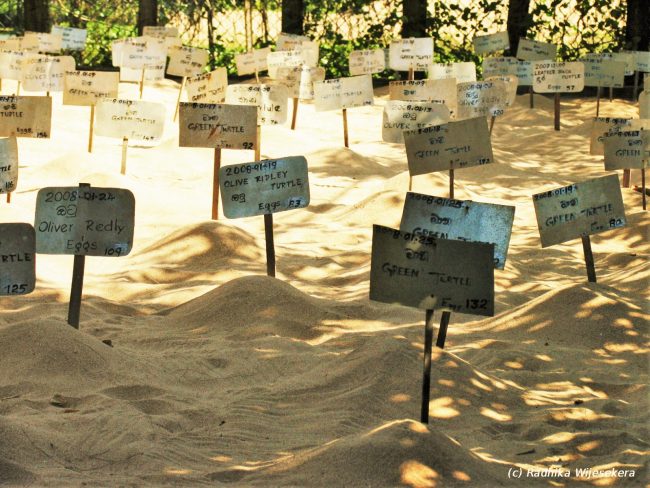
Artificial nests
Unfortunately, it appears that most, if not all, turtles are born in hatcheries today, with very few being born in the nests in which the eggs were laid. Regardless, the future looks promising for these animals, as they are at least not poached with the intention of acquiring meat and eggs for food, or shells for ornaments. The graph below shows the conservation effort carried out by the KSTCP, over a 2 kilometre expanse of coast in Kosgoda.

Sea turtle stats
* The numbers pertaining to the Total hatchlings born and the Released hatchlings are virtually identical; thus the red and green lines overlap in this representation
* Data sourced from the Kosgoda Sea Turtle Conservation Project
Then there are other human activities which unintentionally affect sea turtles. Accidental snagging in fishing nets or being hit by boats, pollution of the ocean and the beach, light pollution of the beach (which tends to scare aware nesting females), and the destruction of coral reefs and seagrass beds which provide food and shelter for these animals, all contribute to their dwindling numbers. Finally, unstructured coastal development plays a big role hampering the turtles’ nesting grounds.
Legislation And Other Means Of Protection
All sea turtles and their eggs are protected by law in Sri Lanka. Sadly, poverty and unemployment still drive many people to carry out activities that ultimately harm innocent animals. However, making the public aware of these activities has contributed greatly in the effort to safeguard these magnificent creatures. As with many situations, education and awareness will ultimately play the most significant role in conservation too.
Information sourced from:
Kosgoda Sea Turtle Conservation Project
Cover image credit: whatjoedid.com

